Description
CORE STABILITY 1 —Conditioning to Improve SHAPES
Gymnastics is basically transitional movements through the HANDSTAND. If you could define gymnastics in one word, it would be the HANDSTAND. Therefore, it is imperative that the basic handstand position be accomplished first and foremost. Without which, we will continue to see problems manifest throughout the athletes gymnastics career.
As Dr Jerry George says in his book Championship Gymnastics, “proper handstand technique serves as the basic foundation on which innumerable more advanced skills are built”. Take the time, at the right time, to allow your athlete to develop the correct shape, hold tension in that correct shape, and be able to balance in that correct shape. By understanding the concept of a straight handstand, we, as coaches, can also identify anatomical problems with each athlete. For example, if an athlete cannot show a straight line when hanging from a bar, it will manifest in two different areas.
- The Hips. If the hip flexors are tight, there will be a slight arch in the back and an inability to tuck the hips under, even when the butt is tight. You show me a gymnast with tight hip flexors, I guarantee you back problems in the years ahead. It is imperative that exercises to correct tight hip flexors become a daily routine.
- The Shoulders. If the shoulders are tight, the gymnast will not be able to transfer momentum from an extended open shoulder position to a hollow rounded position, in the fraction of a second (snap)necessary in all tumbling and vaulting technique. Gaining enough flexibility in the shoulders to show a straight line in an extended handstand position, is paramount, in order to perform the correct technical execution of gymnastics skills.
The muscles for core stability are the global muscles and oblique muscles that we sometimes forget about. They keep the vertebrae in place and keep each vertebrae stacked directly over the next. These are the core muscles that keep the back in alignment and the body capable of holding the desired positions with tension and control. The “hollow” position that is required for many gymnastics movements, is not a natural movement and must be learned properly. It takes a significant amount of time for the muscle memory in every skill to take over with a subconscious effort.
Therefore, it is imperative that the shapes be learned in a controlled slow motion first, and then the athlete can add force and power to the shape skills. As coaches, we have difficulty finding time to add these necessary SHAPE skills to our training programs. Therefore, we suggest that you have a SHAPE station at every event, whereby, the athlete takes a turn on the apparatus, then spends 30-45 secs on a shaping skill, then back to another skill on the apparatus. Consequently, we have provided a list of skills for every event (Shape Stations) that can be utilized to assist in the CORE STABILITY 1 development of your athlete. We have also provided a few Shape Circuits that can be done as a group before event training or immediately after event training.
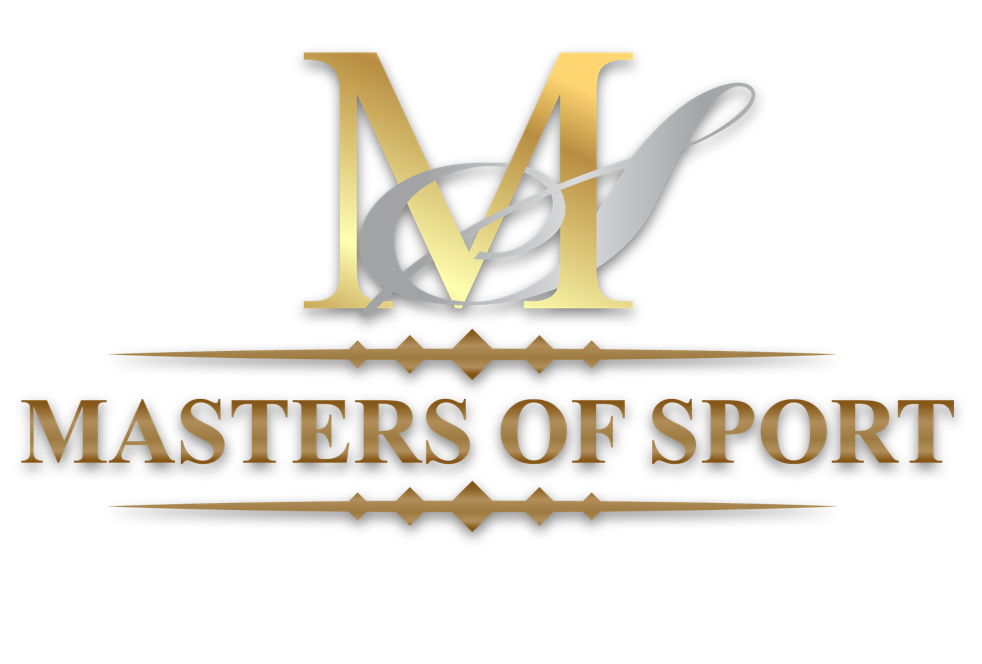
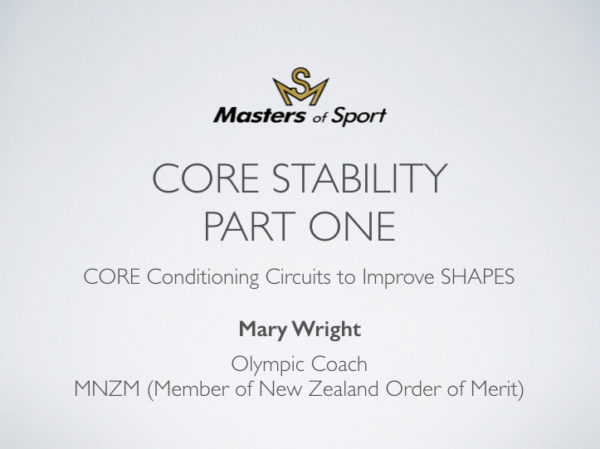
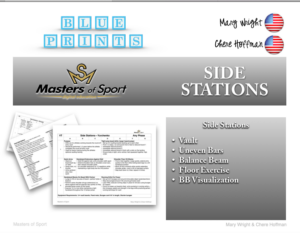
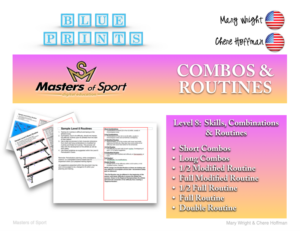
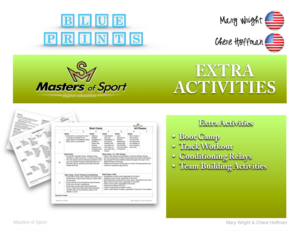

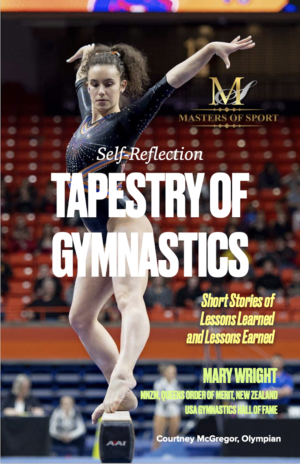
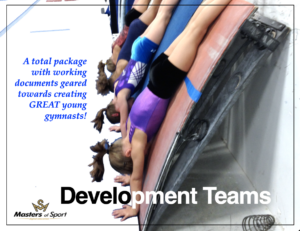


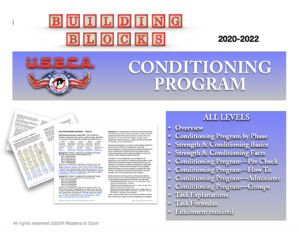




Reviews
There are no reviews yet.